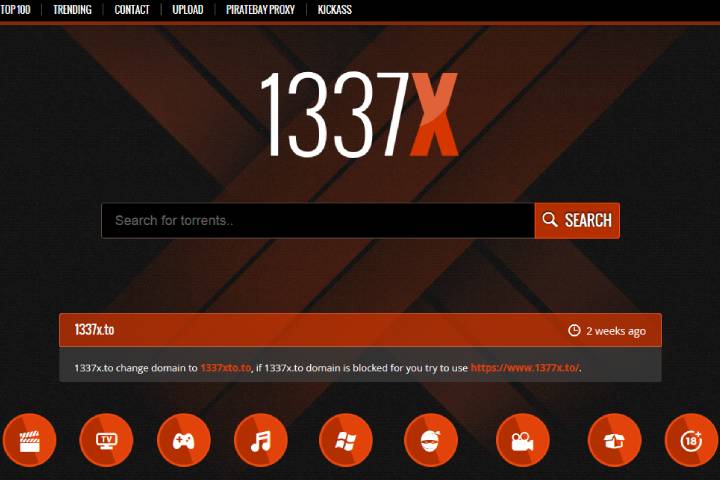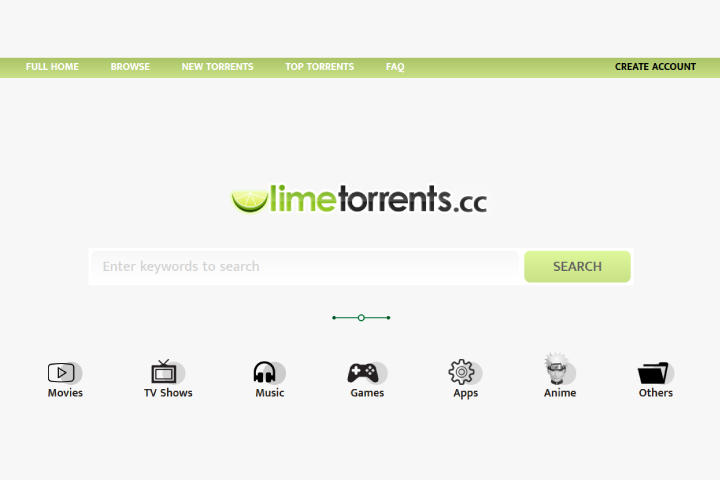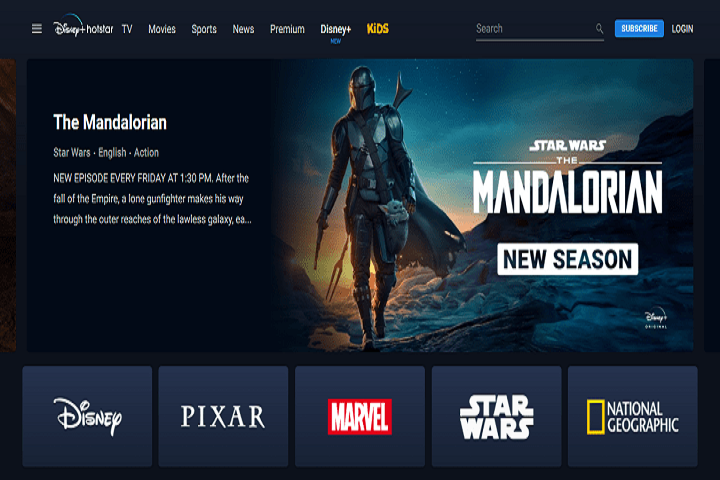Computer Network
How Zero Trust Networks Operate
But how do zero-trust networks operate, and what exactly makes them more effective than other types of security?

Zero-trust network access (ZTNA) is a way of limiting who is allowed to access enterprise networks. As the name implies, ZTNA doesn’t make any assumptions about unknown endpoints, users, or applications other than that they might be untrustworthy. To combat the ongoing risks associated with allowing dangerous actors or applications to exploit network vulnerabilities, ZTNA draws a hard line in the sand and requires proof of authentication and authorization.
It’s worth noting that ZTNA works by only affording information that must be known, and only that much. While this might seem restrictive, it’s not overly cumbersome when you consider the problems resulting from a data breach. In essence, ZTNA reimagines what it means to secure networks. Instead of creating a perimeter of security—a concept popularized by firewalls and other similar technologies—ZTNA instead focuses on building trust on the individual access level.
There are a few reasons why the traditional ways of securing networks, while still valuable, aren’t sufficient for in-depth protection in today’s world. A big part of the issue is that more and more operations are moving to the cloud and remote locations. As networks have to expand to meet this demand, older forms of perimeter protection can’t keep up. But how do zero-trust networks operate, and what exactly makes them more effective than other types of security?
1. What Are the Key Features of Zero-Trust Network Access?
When thinking about ZTNA, it’s helpful to conceptualize it as part of the DNA of your network. Implementing a ZTNA means that every aspect of how your network security functions must follow its protocols. By creating this kind of zero-trust network access, organizations can do a much more thorough job of controlling who’s allowed to access corporate data. These are a few of the key features that are essential to ZTNA:
Comprehensive, Secure Connection – No matter where legitimate users are located, they need to access enterprise networks safely. Good ZTNA creates an ecosystem where all connected users and applications can confidently connect without worry.

Integration with Cloud Platforms and Applications – Your networks aren’t just your own in today’s world. The vast majority of organizations utilize public and hybrid cloud models and use large suites of third-party apps. Integrating internal ZTNA policies with these essential network technologies will help keep your enterprise safer in this ever-changing landscape.
Keep Them Separated – An actual zero-trust architecture doesn’t compromise when segregating potential threat vectors and authentication tools. Keeping each piece independent facilitates a complete zero-trust environment.
Get Experts on Your Team – No matter the skill of your internal IT department, having the expertise of ZTNA experts from a security service provider will create whole new levels of safety.
Don’t Compromise on Reaching Users and Devices – It needs to be comprehensive for ZTNA to be fully effective. This means every user and device connecting to enterprise networks must pass muster.
2. How Do Technologies Integrate Zero-Trust Network Access?
Certain technologies integrate ZTNA into larger, overarching tools. Secure access service edge (SASE) is one example of this. With SASE, you’re getting a combination of a software-defined wide-area network (SD-WAN) with a lineup of cutting-edge security tools.
The best SASE offerings out there today will typically have an option for enterprises to enact ZTNA protocols on their networks. Having ZTNA come as part of a more extensive offering can help drive cost savings and foster a more airtight and seamless security architecture.
The world of cybersecurity is constantly changing. It’s the job of enterprises to keep up with this, or else risk the loss of critical data. Adopting zero-trust network access policies can help organizations keep threats at bay.
-

 Instagram4 years ago
Instagram4 years agoBuy IG likes and buy organic Instagram followers: where to buy them and how?
-

 Instagram4 years ago
Instagram4 years ago100% Genuine Instagram Followers & Likes with Guaranteed Tool
-

 Business5 years ago
Business5 years ago7 Must Have Digital Marketing Tools For Your Small Businesses
-

 Instagram4 years ago
Instagram4 years agoInstagram Followers And Likes – Online Social Media Platform















